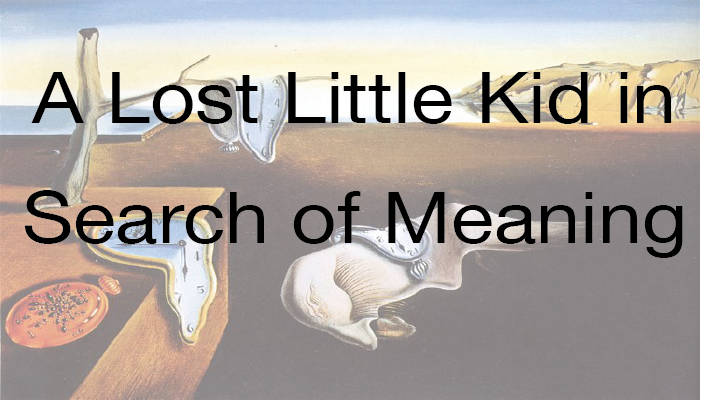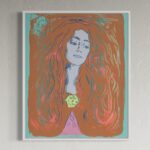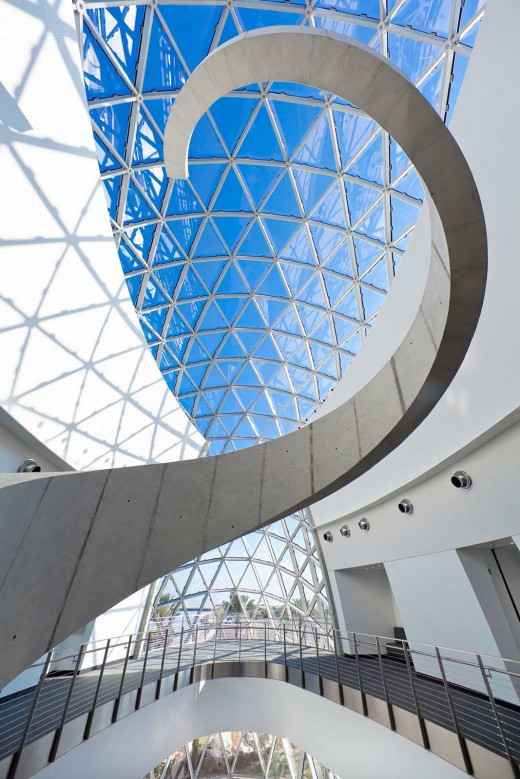 I never quite fit into my adopted home of Tampa (FL USA) when I arrived in the late 1980’s. Partly as a result of this outsider ethos, my adolescent self sought desperately to find places, people and images that could provide some sense of normalcy, no matter what that meant at the time. One of those places lay across Tampa Bay at the Dali Museum in St. Petersburg, which housed the collection of Salvador Dali painting accumulated by A. Reynolds & Eleanor Morse.
I never quite fit into my adopted home of Tampa (FL USA) when I arrived in the late 1980’s. Partly as a result of this outsider ethos, my adolescent self sought desperately to find places, people and images that could provide some sense of normalcy, no matter what that meant at the time. One of those places lay across Tampa Bay at the Dali Museum in St. Petersburg, which housed the collection of Salvador Dali painting accumulated by A. Reynolds & Eleanor Morse.
The old museum always seemed to have the feeling of an old 1970’s home. A bit moist. A bit quiet. Only the lack of a small television and recliner in the corner made me not feel that I was in my Grandmother’s home in upstate New York. Well, that and the incredible array of original paintings from Dali. For a teenager not quite certain of himself, this place was a welcome reprieve, and made me feel not so unusual after all. Dali’s eccentricities made me feel almost normal. Dali employed many hats both metaphorically and physically. As a result, his work appeals to a broad spectrum of viewers, thinkers and doers, from high-schoolers and CEO’s. Both, it would seem, think outside the proverbial box. Some of Dali’s paintings were small, almost delicate. But they were incredibly precise and detailed. Others works encompassed full walls and overwhelmed the senses. Despite the grandiose scale, many still had the painstaking detail exhibited in his smaller, more intimate works. Others still were haphazard, stream of consciousness exercises that challenged fellow-Spaniard Picasso’s works in their simplicity and vigor. Hours were spent under those masterpieces, dissecting, drawing and mimicking minutiae of their symbolic stories. Docents led groups of 20 awestruck onlookers down a graded slope into the area where five of his masterworks, including “The Hallucinogenic Toreador”, “Discovery of America by Christopher Columbus”, “The Ecumenical Council” and ” Galaciadalacidesoxiribunucleicacid (Homage to Crick and Watson)” loomed. I merely sat and stared. Hours stretched to days, days to weeks and weeks into months. More than 20 years later, I have very much determined who I am and gained that sense of normalcy lacking during my spell in Tampa. What is more, I have also been able to assimilate my affinities for Dali into my professional life as a dealer of his original paintings and sculpture.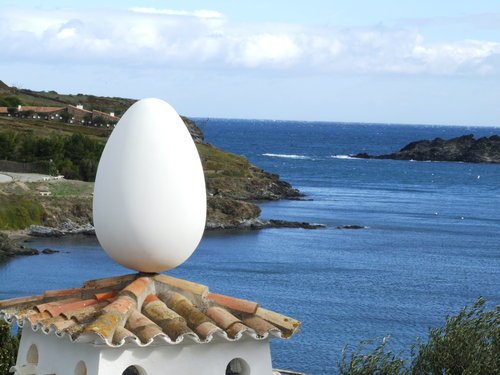 Intervening years have allowed me to make pilgrimages to various locations pivotal to Dali’s life and work. Among these are New York’s St. Regis Hotel, Hotel Saint Maurice in Paris, Dali’s homes and museums in Figueras, Cadaques and Port Lligat, even sipping tea at El Quatre Gats, the Barcelona bar which he frequented with fellow surrealists, Max Ernst, Man Ray, André Masson, Joan Miró, Marcel Duchamp, Jacques Prévert, and Yves Tanguy and poet André Breton (who founded the movement). This familiarity with his work and his life has provided me a somewhat unique perspective on his oeuvre. While undoubtedly there are others in my craft with more years, experiences and facility with Dali than I, my own perspectives are not without merit.
Intervening years have allowed me to make pilgrimages to various locations pivotal to Dali’s life and work. Among these are New York’s St. Regis Hotel, Hotel Saint Maurice in Paris, Dali’s homes and museums in Figueras, Cadaques and Port Lligat, even sipping tea at El Quatre Gats, the Barcelona bar which he frequented with fellow surrealists, Max Ernst, Man Ray, André Masson, Joan Miró, Marcel Duchamp, Jacques Prévert, and Yves Tanguy and poet André Breton (who founded the movement). This familiarity with his work and his life has provided me a somewhat unique perspective on his oeuvre. While undoubtedly there are others in my craft with more years, experiences and facility with Dali than I, my own perspectives are not without merit.
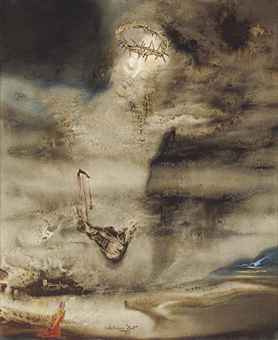
Therefore, in my perusing six of the lots from Master Dali which were featured in auctions at Christie’s (June 20, 2013) and Sotheby’s (June 19, 2013) I developed my own perceptions of pricing based on the composition, media and overall market for his works. Perhaps the strongest of which was “Cristo de Valles” from 1962. This work’s poor showing at Christie’s (40% below estimates- Selling for $1.4M versus estimates of $2.3M-$3.8M) perhaps has less to do with the composition itself than its recent exposure on the market. “Cristo de Valles” has been on the market for several years and offered at every price under the sun. Most recently, I was presented the work for EURO 4M in 2011. While the piece itself is a wonderful oil on canvas composition, it comes from the Dr. Guiseppe Albaretto collection, which remains embroiled in legal wrangling which has not yet been resolved. While it is clear this work is sanguine due to voluminous documentation, photography of Dali with this work and the Albaretto family (as well as other evidence), it is possible that a stigma exists which did not allow as strong a showing as would otherwise been realized.

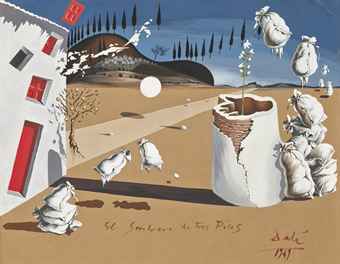
Both Sotheby’s Lot “La Musique or L’Orchestre Rouge or Les Sept Arts” and Christie’s “El Sombrero de Tres Picos” are wonderful and quintessentially Dalinian, employing levitating figures, music and landscapes. However, the latter is a gouache on paper which will typically garner less than an oil on canvas, as shown in the former. “La Musique” achieved a respectable $7.6M (well within estimates) and “El Sombrero” achieved $529k (again, well within estimates). Were “El Sombrero” on canvas I would expect the pricing to be similar to (but still lower than) that of “La Musique”. The media is the only thing holding it back. While gouaches tend to find themselves priced somewhere between watercolors and oils, (the media is basically a thick watercolor), their popularity is on the rise due to the relative rarity and costliness of marquis oils on today market. Collectors are turning towards the gouache paintings as a viable alternative to spending millions on oils and we have seen spikes in pricing such as the recent sale of “Stillness of Time” for $752k at Sotheby’s in November of 2012.
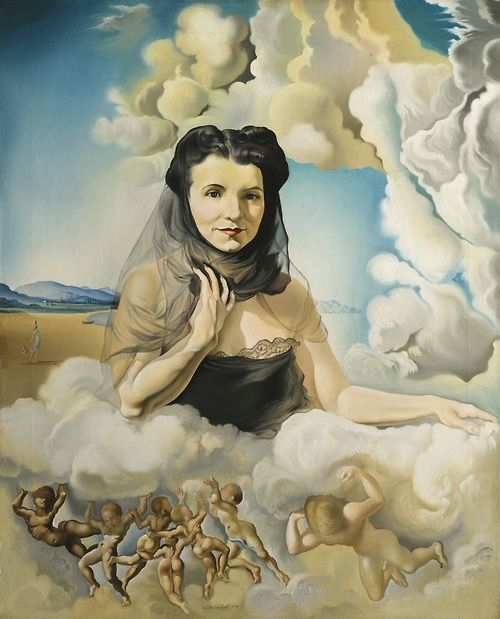
Sotheby’s sale of the “Portrait of Mrs. Ortiz-Linares”(1942) was somewhat of a surprise as dedicated portraits of specific people tend to have a limited audience. The strong showing of Dali’s “Portrait of Mrs. Harrison Williams” (1943) which sold at $3.6M (well above estimates) at Sotheby’s London earlier this year possibly prepared the market for the “Ortiz-Linares” portrait which sold at 11% above its modest estimates which were under $1M USD. While the “Mrs. Harrison Williams” portrait is arguably “More Dalinian” (which could account for the vast disparity in pricing) the soft treatment of Mrs. Ortiz-Linares, with delicate putti and clouds evokes the affection shown in Dali’s own treatments and portraiture of his beloved Gala. Further, the “Mrs. Harrison Williams” portrait, while dark, is extremely involved, symbolic and would easily transition into a museum setting. Whereas the “Ortiz-Linares” work may or may not find the same scholastic or institutional audiences in the short-term.
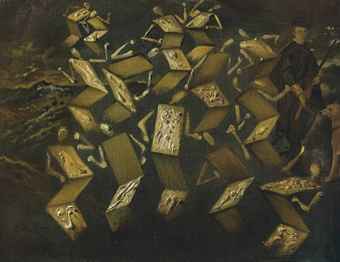
Christie’s exhibited and sold one of several paranoiac-critical studies for Dali’s homage to Velasquez entitled, “Twist Dans le Studio de Velasquez”. This small work which combines Dali’s reverence for all things Velasquez (and therefore Spanish) and the social phenomenon of the early 1960’s, The Twist. Accordion-like figures dance playfully around the occupied standing figure of “Cardinal-Infante Fernando de Austria” from the eponymous portrait of same housed in Madrid’s Prado Museum. The study has elements which make it iconic in context, perhaps in an collection featuring multiple studies of Velasquez by Dali. Further, there are other studies of this work which more clearly delineate this concept on a larger and more impressive-scale. Possibly as a result, this work sold at 40% below estimates.
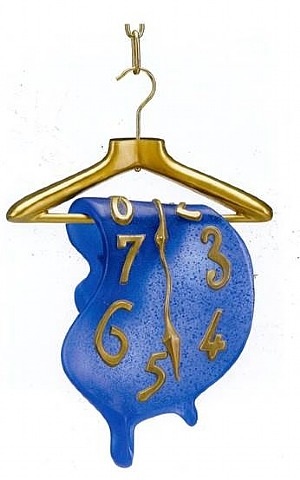
Perhaps the most common question asked of a Dali dealer is whether or not we can find a work with a melting clock. Dali’s seminal “Persistence of Memory” (1931) depicted the clocks he described as being like camembert cheese melting in the hot mid-day sun of Eastern Spain. (Later interpretations by scholars have included the impermanence of time, but this was not the meaning ascribed by Dali when asked about this subject) This quintessential imagery has come to define Dali and is instantly recognizable worldwide. This mixed media work layers collage, painting and textural elements to create a unique amorphous composition which might be arguably the strongest work of the group depicted above. Evocative of his 1972 self-portrait, with its haphazard splashes of color and pasted photographic elements, this work was a actual bargain in selling at approximately $338k USD.

The works which I grew up with in the Dali Museum in St. Petersburg are never to be sold. Nor are the works I have been fortunate enough to see in other varied museum collections of Dali’s works internationally. Therefore, the works which we are fortunate enough to locate on the open market are probably related of works which may be more familiar to us, without actually being those works. Through an ever-evolving set of criteria, benchmarks and comparisons, we are working hard to discover trends and idiosyncrasies which differentiate the paintings we do discover which make them unique and worthwhile to our collectors and friends.
All this from a lost kid in Central Florida with an intellectual curiosity and a great local museum.
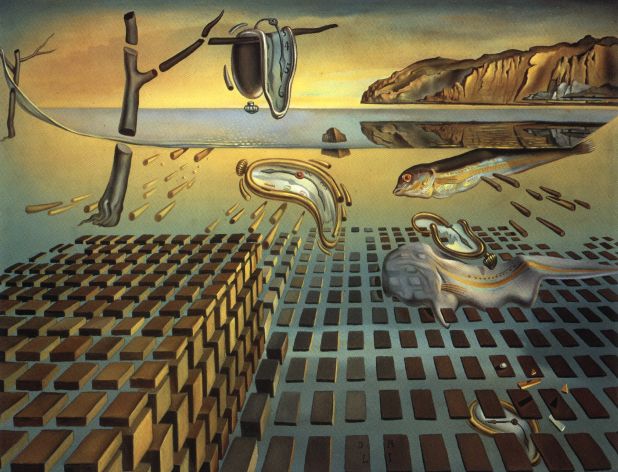
“A Lost Little Kid in Search of Meaning” by Reed V. Horth for Robin Rile Fine Art © 2016
